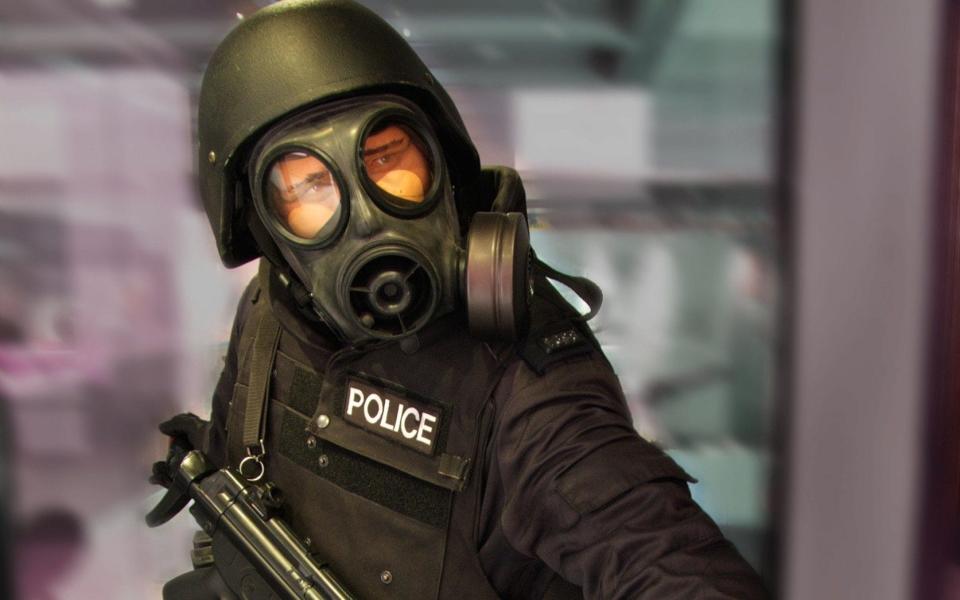Royal Armories' police equipment displays 'could be offensive'

Police riot shields and pepper spray displayed at the Royal Armouries are being reviewed over fears the riot gear could cause “friction” with the BAME community.
The Armouries' three museums boast what it describes as 'one of the most important national collections of arms and armour in the world'.
But in the wake of Black Lives Matter protests, a review of objects linked to colonialism and empire was launched.
Curators at the body’s Leeds museum identified law enforcement equipment as potentially offensive given “police conduct towards BAME communities”.
According to documents seen by The Telegraph, helmets, riot shields, pepper spray and firearms in policing displays have come under scrutiny due to present “sensitivities”.

Work began last year to address items that might “portray people of colour in a subservient or submissive way” following the death of George Floyd.
As part of the audit it was noted that: “Current issues involving police conduct towards BAME communities may cause friction with some visitors when they see a display of police riot gear, pepper spray, Tasers and firearms.”
While the gear was not “necessarily wrong” it was decided that a review of the police weapon equipment could be needed “given current sensitivities around use of arrest techniques and equipment.”
Displays featuring weapons from the British Empire’s colonial wars have also come under scrutiny, and the legacy of Lord Kitchener as a “hero” was described as potentially “problematic for some visitors, when referring to some campaigns Kitchener undertook in Africa”.
A display which featured women’s archery was even criticised for using the term “ladies”.
The scope of the audit work has been criticized by historians.
Andrew Roberts, author of Leadership in War, told The Telegraph: “One wonders where wokery is ever going to stop when even pepper spray – which has been used on rioters regardless of colour, creed, sexual orientation and so on – can be considered offensive to people of colour.
“There has to be a moment when common sense finally applies to political correctness, and it looks as though the Royal Armouries have missed that moment.”
Dr Zareer Masani, a historian and author, said: “A museum display of arms can’t be objectionable in itself.
“The assumption that they could cause racial offence is itself racist in assuming modern policing targets any particular racial group instead of crime regardless of race.”
Work first outlined in July and interrupted by the Covid-19 pandemic is ongoing, and the institution is planning a more significant project which will look into the provenance of items in its collection. No decisions about what to do with items identified has yet been taken.
A spokesman for the Royal Armouries said: “As all museums do, we regularly review how we interpret and label objects and displays.
“We made a commitment in the summer to ‘better tell the complete history of our objects, even if some of those narratives are painful or sensitive’ and to ‘better represent all communities and audiences that we serve as a national institution’.
“This, therefore, is absolutely informing this work as it proceeds, but we’ll also be taking a range of other factors into account - not least the views of our visitors who have been asked for their perspective on how our stories can be best told.”
The Royal Armouries was historically a functional military institution based at the Tower of London before becoming a non-departmental government body with its collection houses in museum settings.

